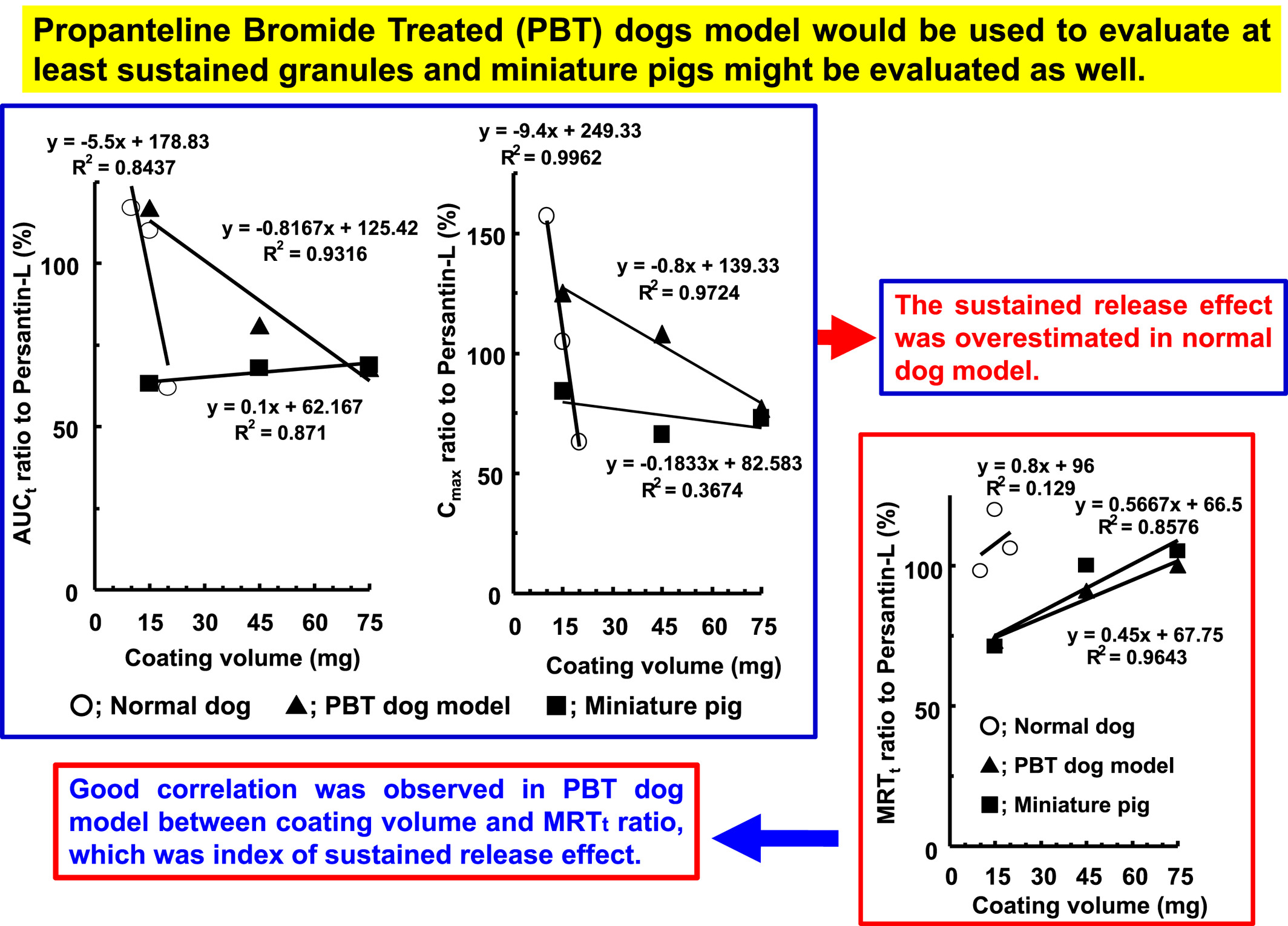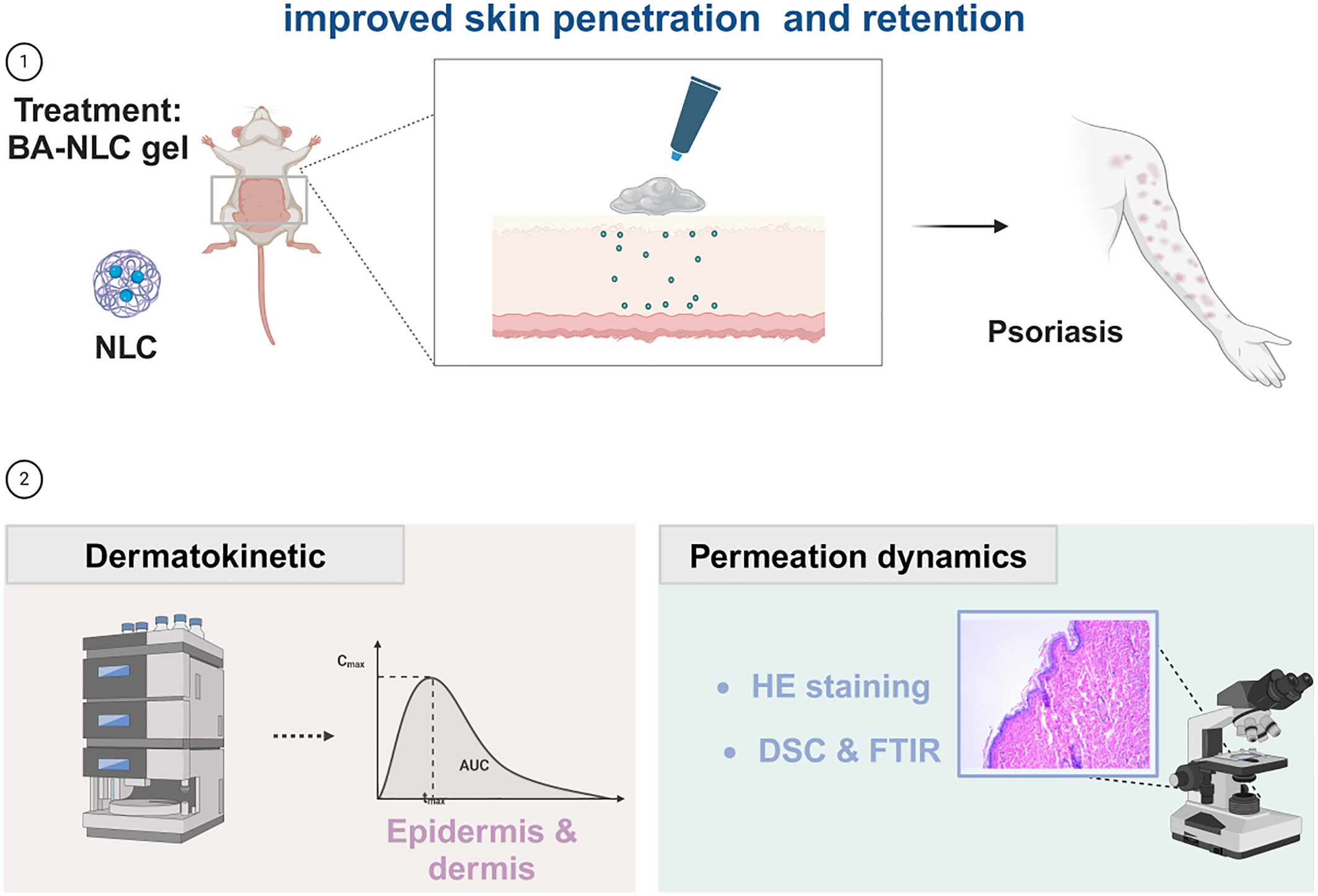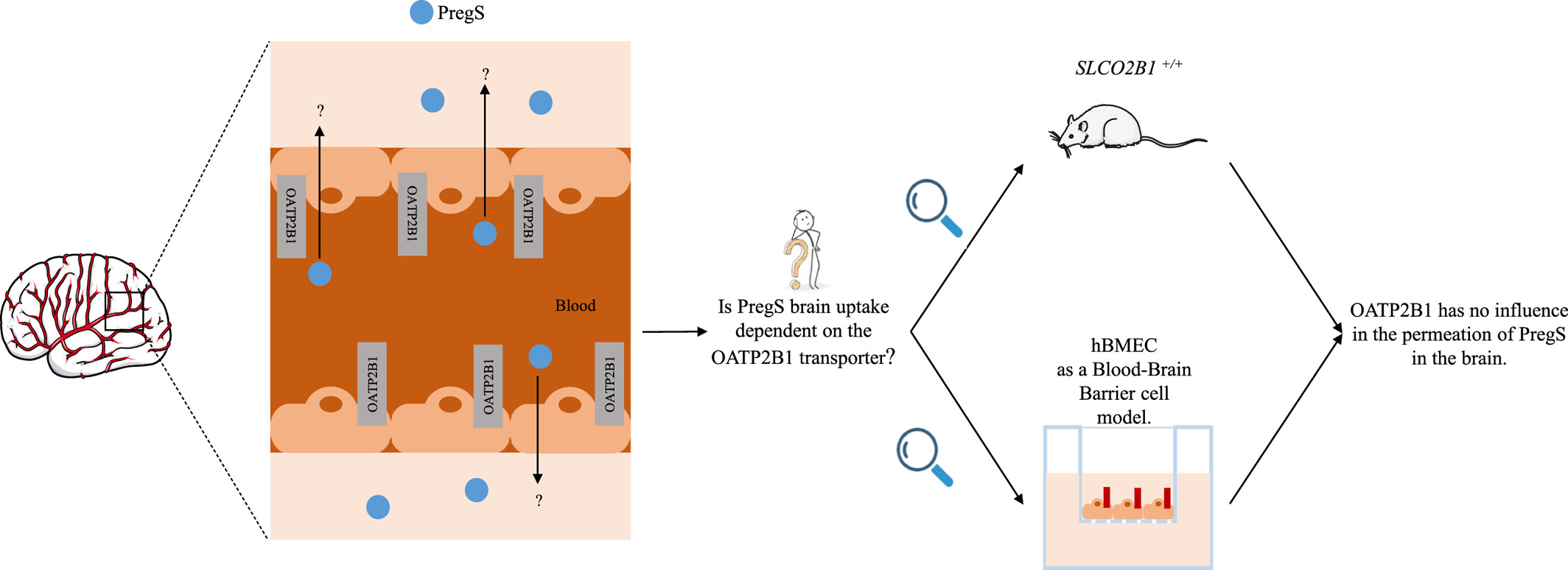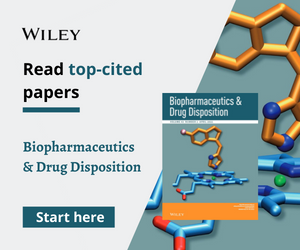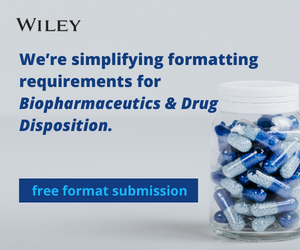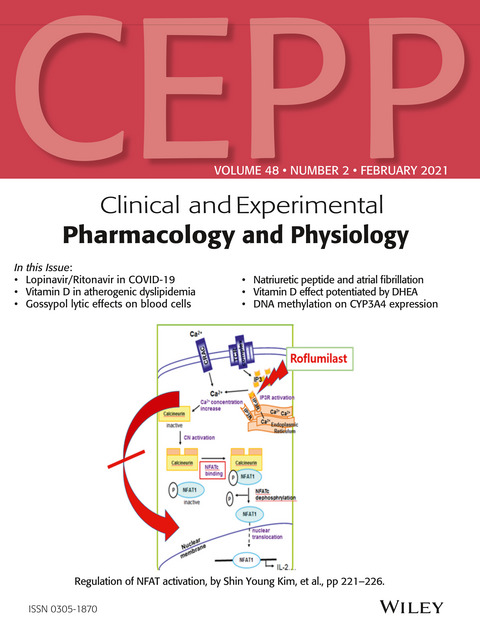Journal list menu
Export Citations
Download PDFs
ISSUE INFORMATION
ORIGINAL ARTICLE
In Vivo Animal Spices and Experimental Technique to Evaluate Sustained Release Granules
- Pages: 3-9
- First Published: 02 January 2025
Nanostructured Lipid Carriers-Based Topical Gel of Betulinic Acid: In Vitro, In Vivo Evaluation and Dermatokinetic Analysis
- Pages: 10-21
- First Published: 04 March 2025
An Optimised Mobilenet V2 Attention Parallel Network for Predicting Drug–Drug Interactions Through Combining Local and Global Features
- Pages: 22-32
- First Published: 12 March 2025
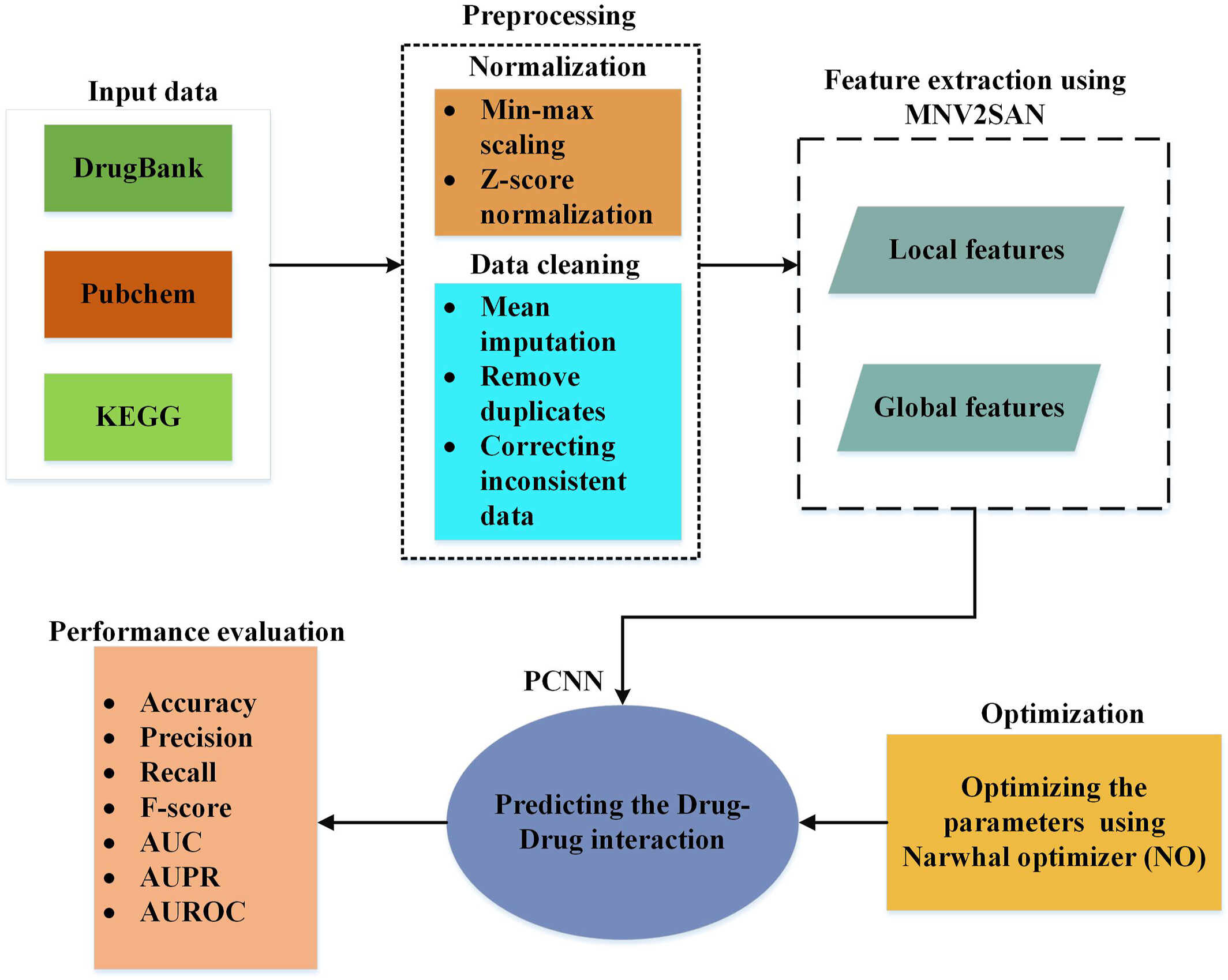
Drug–drug interactions (DDIs) pose significant risks to patient safety in clinical practice and drug development, making accurate prediction essential for effective medication management. This work introduces the MobileNetV2 with simplicial attention network based parallel convolutional neural network with narwhal optimizer (MV2SAPCN-NO) for DDI prediction. After preprocessing DDI datasets to eliminate noise, the model extracts local and global features using MobileNetV2 and simplicial attention. The parallel convolutional neural network is optimised with the narwhal optimiser to enhance accuracy and reduce computational complexity, outperforming existing methods based on accuracy, precision, recall and F-score metrics.
Pregnenolone Sulfate Permeation at the Blood–Brain Barrier is Independent of OATP2B1—In Vivo and In Vitro Insights
- Pages: 33-46
- First Published: 12 March 2025





